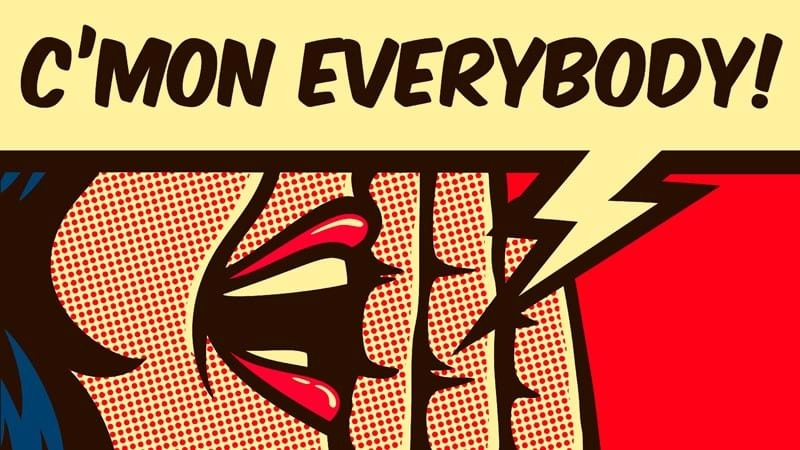3 of the best communication channels for a connected team
With a wealth of communication channel options available to businesses of all sizes, it can be quite a task to work out which channels will be most effective for your business. Different channels can have different levels of success, with various implications depending on how they are used. For example, a warehousing depot will have different communication needs when compared to a large architectural firm. Finding the right channels to suit your business can take time and research.

The importance of a connected team
Good internal communications are essential for your team to stay efficient, productive, and happy in their place of work.
Employers who invest in the right communication channels and support their staff will commonly see performance improvements in all areas of business from increases in output to reduction in sick days and staff churn.
The communication channels you choose, and their proper use, has a tangible impact on your employees at all levels, and your customers too. Ensure you research your options thoroughly and implement staff training to get the best from your team communication channels.
Choosing communication channels for your business
In this post, we review common workplace communication channels, discuss the implications of choosing the wrong channels, and explain our top three communication channels and how they have been designed to help teams communicate effectively in any environment.
Implications of choosing the wrong communication channel
Poor internal communications can quickly lead to stress, anxiety, mistakes, and reduced productivity, all of which affect not only the health and wellbeing of your employees, but your bottom-line revenue too.
How managers and heads of department communicate with their teams will significantly impact the outcome. This is no more apparent than when they get it wrong. The use of inappropriate channels quickly creates barriers in communication, leading to uncertainty, miscommunications, and workplace issues.
3 of the best communication channels for the workplace
Before you send your email, think about the type of message you are trying to convey, and the audience you are communicating with. We have chosen three communication channels which are flexible and provide a number of ways to communicate
#1. Email
The standard for the majority of workplaces for fast and effective communication, email is still by far and away one of the most popular communication channels, and for good reasons. With the flexibility to connect with one person or one hundred people at the touch of a button, email offers a huge amount of flexibility while keeping a written record of your communications. Broadcast email communications can be fully customized to suit each individual message, and, with the right email tools, you can create dynamic personalization and targeting.
User preferences can be leveraged to gain maximum engagement and response, even the timing of your email can be scheduled in advance so you can send it out at the perfect time without having to be available at that moment.

#2. Social tools
A later addition to the workplace communication suite, social channels are proving to be a hard and fast way to communicate with your employees. A dedicated social work tool can support good engagement and a personal touch as well as the ability to quickly reward and recognize your staff. Social as a communication channel gives every employee a voice and offers connectivity at all levels.
Social media can also be used to share quizzes, surveys and polls fast, and often reward the author with higher than usual engagement and return statistics.

#3. Face-to-face communication
Whether in-person or via video conferencing, being able to look someone in the eye while communicating will always be a hugely important means of communication. The ability to read body language and make eye contact are fundamentally important for human beings, and even if it’s not often, communicating to an individual or team face-to-face from time to time can have a big impact on their view of the company and of you.
How to choose the right communication channel
It's best to have a multi-channel approach and ensure you use the right channel for the right situation. For each message you want to share with your team, there will be good choices, and not-so-good choices.
Think about the voice and values of your company and ensure they are reflected in your messages. Choosing the right channel will go a long way towards shaping your message and should reflect the culture of your organization.
Consider your options and how you want the recipients to feel and react or respond. For example, if you are sharing bad news or crisis news, your team are likely to have questions, experience a stress response, and require support. Conveying this message via email may come across as unfeeling and does not give recipients an immediate channel of recourse which could cause upset and negativity.
Having a range of channels at your fingertips allows you to choose the most appropriate way to share your message no matter what you need to say.
Connect your team with a Unily intranet
Some internal communication channels can be highly specialized, ensuring they perfectly fit with the requirements and aesthetics of the organization. This might require the adoption of a number of different software applications and platforms, increasing cost and potentially creating a less reliable and connected communications solution.
Unily provides a powerful intranet service designed to create a complete communications solution for your business. Unily easily integrates with existing software for a smooth transition and plug-and-play installation.
Engage with staff at every level with targeted communications in any language and on any device. Incorporating all of our more effective communication channels into one, Unily’s integrated employee experience platform helps reduce cost and downtime to your business, while improving productivity and connectedness in the workplace.
Get started. Get your free demo.
Reinvent your intranet for the employee experience era.
-
Event




















